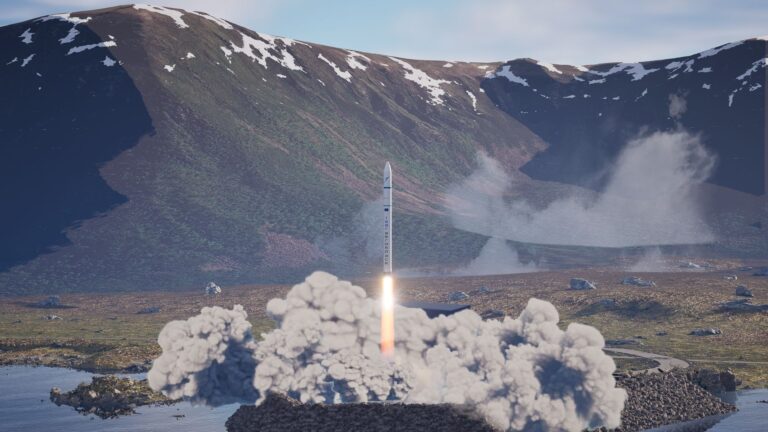In a historic moment for Norway and the European space industry, the Andøya Spaceport has officially opened its doors. Here's what you need to know about the spaceport and the plans for it.
Located on the picturesque island of Andøya, the spaceport is a strategic move that positions the nation at the forefront of the burgeoning commercial space sector.

The opening was celebrated with an official ceremony attended by Crown Prince Haakon, underscoring the national importance of this exciting venture.
A Leap into Space from Norwegian Soil
The Andøya Spaceport is set to become the first operational orbital spaceport in continental Europe, with its sights set on facilitating the launch of small and medium-sized satellites.
This leap forward is the result of a partnership with German company Isar Aerospace, a dynamic player in the space industry, which will conduct its first test flight from the spaceport.
Daniel Metzler, CEO and Co-Founder of Isar Aerospace said: “Today, Norway, the Andøya region and Isar Aerospace take a big step towards space. Over the last five years, we have built a rocket that will help to solve the most crucial bottleneck in the European space industry – sovereign and competitive access to space.”
“Together with Andøya Spaceport, our team has created an excellent piece of engineering, the first orbital launch site in continental Europe which will bring this access to space to Norway, and back to Europe,” he added.

Norway's venture into space is not merely about launching rockets. It's about fostering an ecosystem that can drive economic growth, innovation, and job creation.
The Next Step For Andøya
For over 60 years, the remote island of Andøya in Northern Norway has been synonymous with suborbital launches, but the new spaceport represents a transformative evolution.
The site's northern location offers unique advantages for launching into highly sought-after retrograde and polar orbits, meeting a critical market demand.
The Andøya Spaceport is a fully-owned subsidiary of Andøya Space, a company with a long history in the space industry.
The inaugural launch of a Norwegian civilian suborbital research rocket from Andøya occurred on August 18, 1962, marking the start of Norway's foray into space missions. This first mission involved Norway, Denmark, and the United States, with NASA providing radar and telemetry support.

Since that landmark event, Andøya has been the site of thousands of launches, serving various international partners including the USA, UK, Germany, and France, for missions involving sounding rockets and scientific balloons.
This new development is a natural extension of this expertise, offering comprehensive services for satellite launches, including tracking, telemetry, and flight termination systems.
Isar Aerospace: Pioneering the Next Space Age
Isar Aerospace stands at the vanguard of Europe's space ambitions. Founded in 2018 as a spin-off from the Technical University of Munich, the company has quickly grown, boasting a team of over 300 employees from more than 40 nations.
With the Spectrum rocket, Isar Aerospace is not only pushing the boundaries of space technology but also championing environmental responsibility with a new propellant set designed to reduce emissions.
The company's approach is pragmatic yet revolutionary, aiming to drastically cut the costs of space launches and provide Europe with a competitive edge in the global space race.
As Norway embraces this new space age, the Andøya Spaceport becomes a symbol of national ambition and a gateway to the stars. It represents a future where Norway is not just a participant in the space industry but a destination for space innovation.




